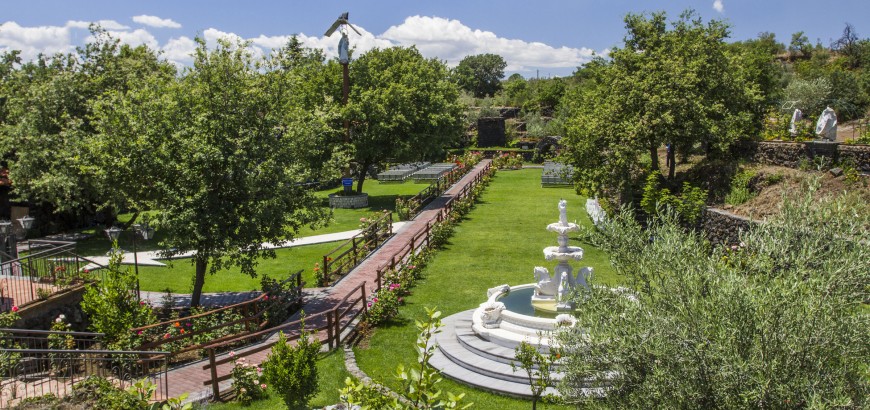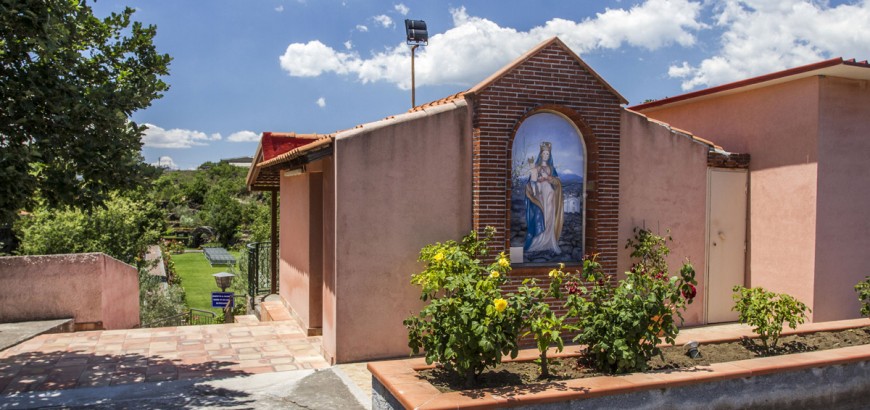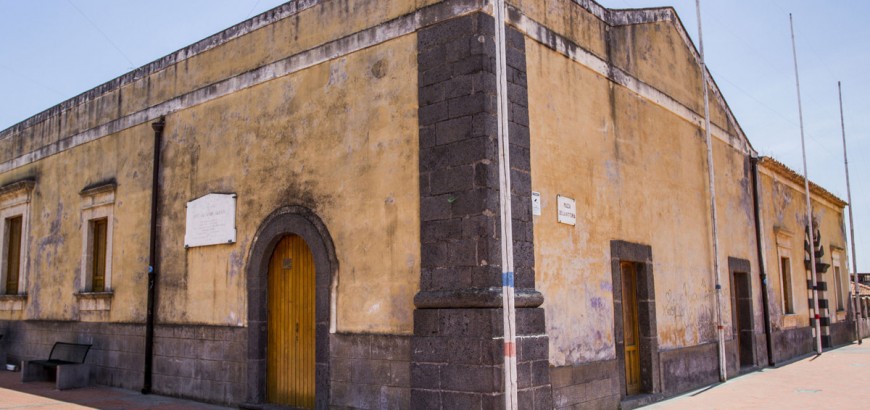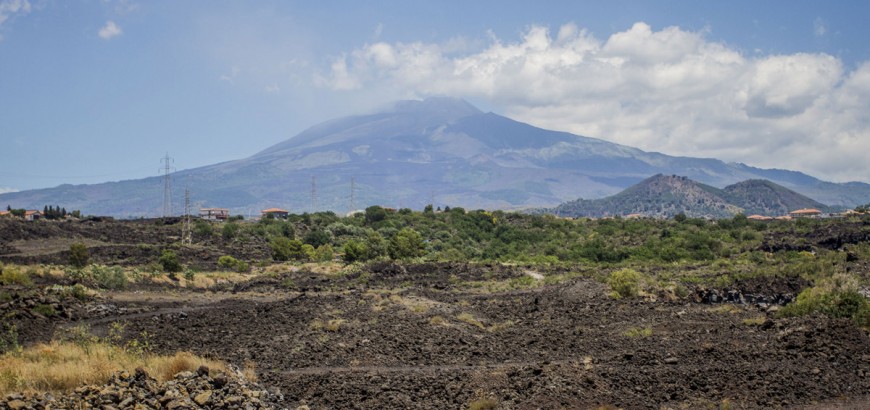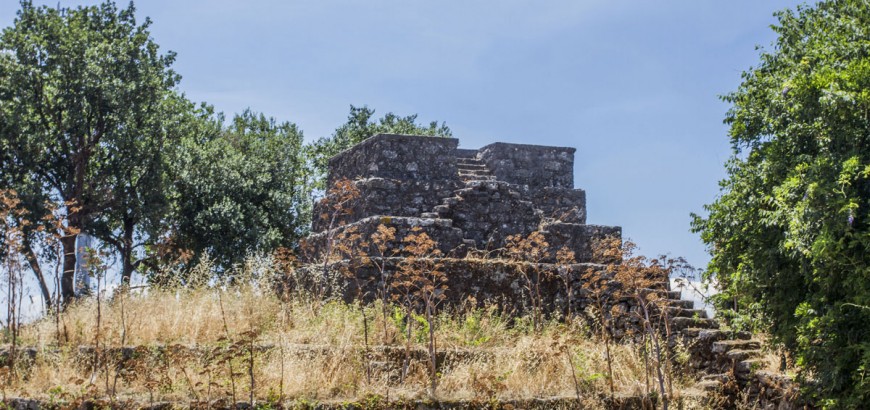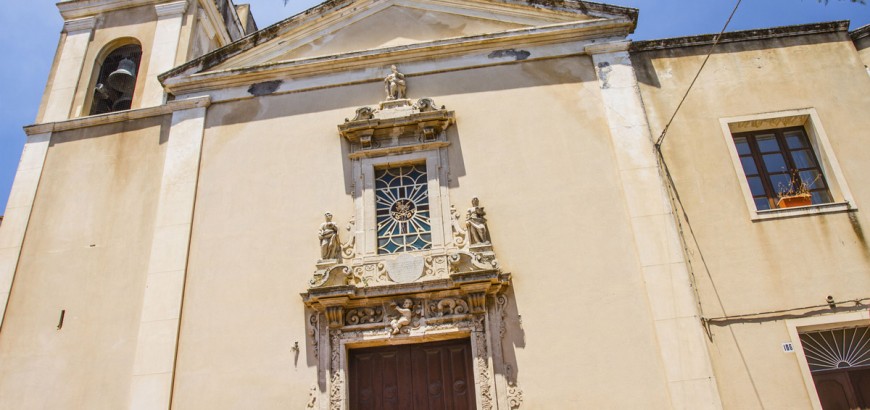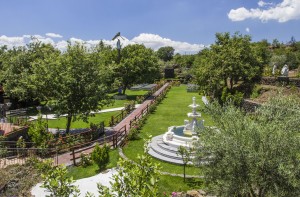
San Pietro Clarenza
095 529198 - Fax 095 522291
The commune of San Pietro Clarenza (6,000 inhabitants) is situated on a hill at an altitude of 463 m.s.l. on the southern side of Etna. Its origins date back to the first century of the Middle Ages, when Moslems arrived from North Africa.
The first historical documents date from 1646 when Philip IV of Spain ordered the Viceroy to ‘give up his privileges and rights ‘ to the Etna villages. Duke Giovanni Andrea Massa sold the village of San Pietro, to Antonio Reitano who became Prince of San Pietro in 1648. An act of sale dated 1779 demonstrates that the village of San Pietro was bought by Giuseppe Mario Clarenza, a nobleman from Catania, who added his own surname to that of the village, which from that time has been called San Pietro Clarenza.
Like many of the other villages on Etna, it was affected by the 1669 eruption, which destroyed fifteen villages and part of Catania. This catastrophic event involved the whole Sant’Antonio quarter, destroying the Great Church which Carlo Mancino described as ‘large and beautiful’.
The town centre in San Pietro Clarenza is characterised by low lava stone buildings with constrasting whiteplastered windowsills. The most important monument is the Mother Church, built in the 18 C and dedicated to Santa Caterina, with a spectacular exterior stairway and works by local artists inside. Some of the 18 C, Late Baroque-style noble mansions are also of interest. Mention should be made of Caseggiato Mannino, the oldest building in the town, which overlooks Piazza della Vittoria. It is a good-sized building dating back to the beginning of the 1700s with 14 rooms, a large reception room and a courtyard featuring a cistern. Recently restored it now houses the Public Library.
Courtesy of the Regional Province of Catania.
